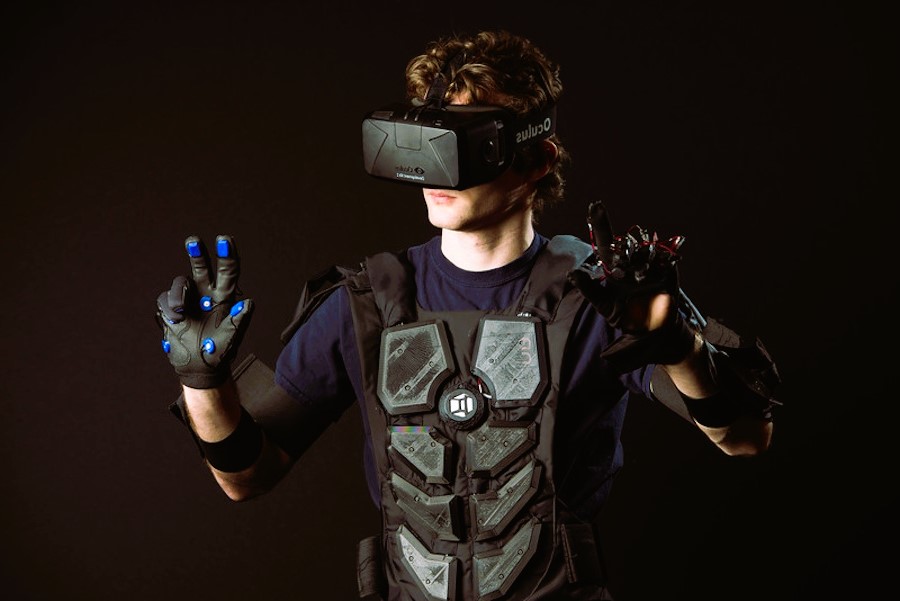Cosplay has always been a dynamic form of expression for gaming enthusiasts, allowing them to embody their favorite characters and bring them to life in the real world. However, as technology continues to evolve, the future of cosplay in video games is looking more immersive than ever. From augmented reality (AR) to virtual reality (VR), new advancements are opening exciting possibilities for cosplayers. In this article, we will explore how these emerging technologies are shaping the future of cosplay and what fans can expect in the coming years.
The Rise of Augmented Reality (AR) Cosplay
Augmented Reality has already begun to make waves in the cosplay community. By blending digital elements with the physical world, AR enables cosplayers to add interactive, real-time effects to their costumes. Imagine a cosplayer dressed as a character from Final Fantasy XV, with in-game weapons and magic effects appearing through an AR-enabled device. This type of immersive experience allows for greater creativity and brings cosplay to new heights.
In the future, AR technology could further enhance cosplay experiences by allowing fans to interact with their favorite game characters or environments through their smartphones or smart glasses. This would not only change how cosplayers present themselves at conventions, but it could also expand the way we engage with games and their communities.
Virtual Reality (VR): Immersive Cosplay in a Digital World

Virtual Reality is another groundbreaking technology that could transform the future of cosplay. Unlike AR, VR allows users to enter fully immersive, digital environments where they can interact with game worlds and characters. VR cosplay would allow fans to create their own avatars and assume the role of their favorite characters in fully rendered digital worlds.
With the advancement of VR headsets and motion-tracking technology, cosplayers could design and experience costumes in ways never before possible. VR platforms like VRChat are already popular with cosplayers, enabling them to craft digital versions of their costumes and interact with others in real-time. As VR technology continues to improve, expect even more realistic and customizable avatars, further enhancing the cosplay experience. Why sandbox games remain popular, read the answer in our article entitled: From Minecraft to The Sims.
Holograms and 3D Projection: Bringing Cosplay to Life
Another exciting development on the horizon is the use of holograms and 3D projection technology. Imagine a cosplayer standing on stage, with their costume seemingly floating in mid-air, enhanced by realistic holographic effects. While holograms are still in their early stages, advancements in 3D projection could offer new ways to bring cosplays to life, making characters appear to leap out of screens or stages.
In the future, we could see cosplay competitions incorporating holographic elements, where cosplayers can present their creations alongside digital effects or interact with 3D models of their characters. This new form of digital cosplay could revolutionize conventions and showcase events, offering more opportunities for creativity and technological innovation.
AI and Cosplay Design

Artificial Intelligence (AI) is already playing a significant role in many industries, and it is likely to influence cosplay design as well. AI-powered tools could help cosplayers design and prototype their costumes more efficiently, creating patterns, generating 3D models, or even offering suggestions for materials and techniques based on the character’s design. This would allow cosplayers to speed up the process of creating detailed outfits, making the craft more accessible to a wider audience.
In addition, AI could be used to animate or enhance cosplays, adding digital effects that would be difficult to achieve in the physical world. For example, an AI-driven program could automatically add glowing effects or moving elements to a cosplay, making it more interactive and dynamic.
The future of cosplay in video games is set to be incredibly exciting, with new technologies such as AR, VR, holograms, and AI opening up endless possibilities for cosplayers. As these technologies continue to evolve, the way we design, wear, and interact with our cosplay creations will change drastically. From digital avatars to immersive AR experiences, the next generation of cosplay will undoubtedly be more interactive and engaging than ever before.
For more information about the intersection of cosplay and technology, visit Wikipedia’s Cosplay page.
